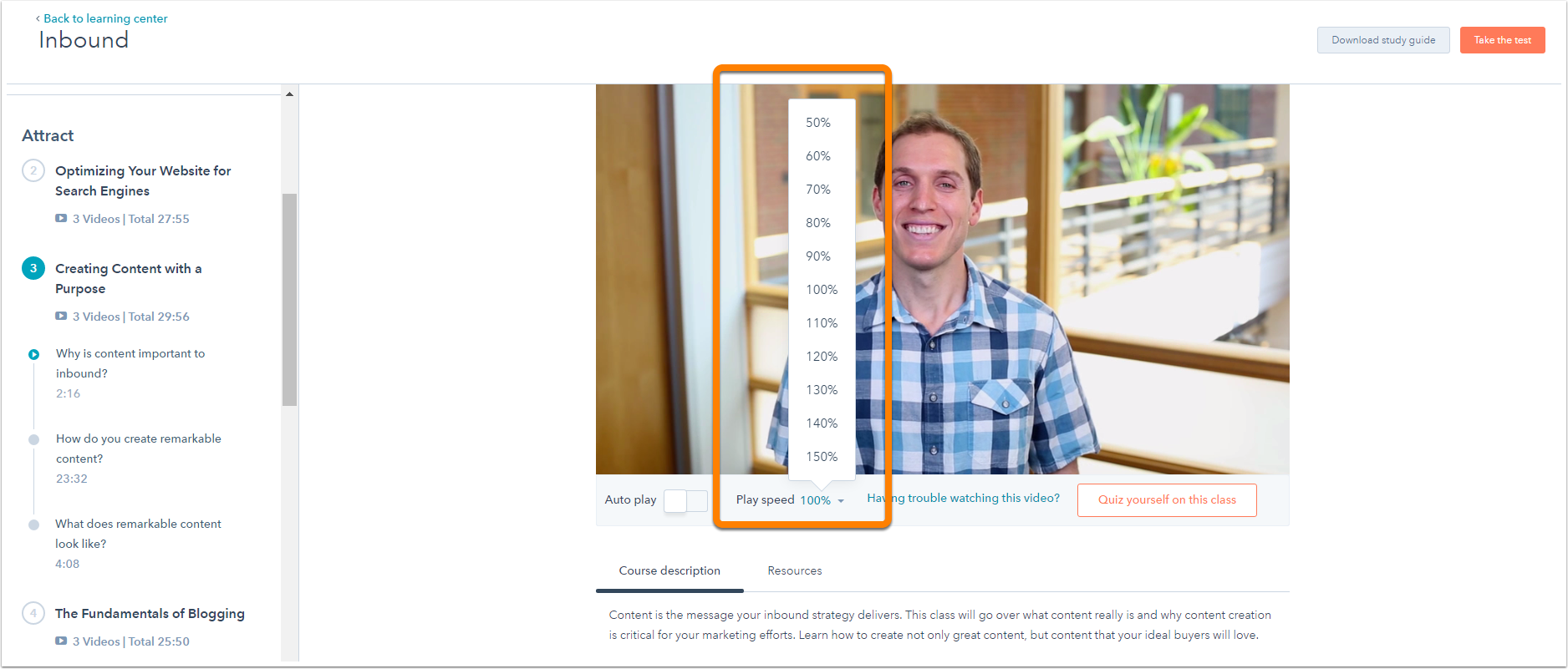 Facebook has become a powerhouse of display advertising. With around 10% of the entire world’s population using Facebook, the ability to create an advertising experience that allows us to very directly target consumers has become much more readily available. Facebook (and paid social traffic in general) is very different from the Search Engine Marketing PPC that you may be used to. Unlike Google AdWords, for example, Facebook is based on demographics and “passive” interests, rather than active search interest. This means that, even though your customer may not be searching a query that you could target with an ad, you can still target them based on their demographics and interests.
Facebook has become a powerhouse of display advertising. With around 10% of the entire world’s population using Facebook, the ability to create an advertising experience that allows us to very directly target consumers has become much more readily available. Facebook (and paid social traffic in general) is very different from the Search Engine Marketing PPC that you may be used to. Unlike Google AdWords, for example, Facebook is based on demographics and “passive” interests, rather than active search interest. This means that, even though your customer may not be searching a query that you could target with an ad, you can still target them based on their demographics and interests.

Facebook ads – like many social media marketing tools – have been largely ignored by the B2B marketing world because they don’t associate it with professionals (unlike LinkedIn). While they’re correct that Facebook isn’t primarily a professional networking website, what they’re forgetting is that people have social lives outside of their professional networks. Odds are you have a Facebook profile – and odds are you have enough interest and demographics information available that I could group you into a targeting profile. Your customers are also on Facebook. CEOs, CMOs, and Purchasing Officers have Facebook profiles that you can target with B2B Ads.
Now that Facebook has enhanced the ways that you can target Ads, you should utilize paid traffic from Facebook as part of your targeted traffic generation strategy. Facebook ads can be a powerful, effective tool when used to full advantage. So what you’ll find here is a brief “tutorial” on how to create savvy ads for Facebook that will drive targeted, qualified traffic to your website.
There are 4 primary issues concerning Facebook Advertising programs: 1) User targeting, 2) Ad copy/design, 3) Ad destination, 4) and analysis/optimization.
Today we’ll discuss the first topic, user targeting:
1. User Targeting
One of the most important advantages of Facebook PPC is its capacity for very advanced targeting. The more highly targeted your parameters, the more qualified the traffic to your website will be and the lower the cost of lead acquisition will be. You can target based on a number of different parameters in Facebook:
INTERESTS:
Facebook allows you to target based on interests such as “inbound marketing”, “internet marketing”, and “Sam Mallikarjunan” (I assume, of course, that everyone is interested in me). Take a few topics that your customers would be interested in and add them to your targeting parameters.
TOPICS:
Have you ever wished you could just target everyone talking about your product, service, or industry topic? Well, you can! You may have recently noticed in your Facebook News Feed that Facebook can now determine from post copy who is talking about what. Facebook’s topic detection abilities are getting increasingly sophisticated and cross-referenced, and you can use that to your advantage by targeting relevant topics. Facebook is getting advanced enough to now know, for example, that “FSU”, “Florida State”, and “FL State” are simply different ways of referring to the same thing - Florida State University. You can target people who are discussing your industry’s topics.
CONNECTIONS:
You can also either target or exclude based upon Facebook members’ organizational affiliations. If, for example, you’d like to target people who are not already connected to your fan page, you can. You can also target people who are specifically interested in your competitors.
DEMOGRAPHICS:
Demographics can give you valuable insight into a group of people. You can target based on location, age, relationship status, and education – all of which can paint a picture for you of who I am. Incorporating some targeting based on the age and education level of your desired audience can allow you to exclude based on age, gender, and education groups which will probably not be interested in your product or service. If it’s appropriate to your goods and services, you can also target demographics based upon their relationship status (i.e. engaged, single or married).
EMPLOYER:
One of the most powerful abilities of Facebook Ads is the ability to target based upon employer. If you wanted to, for example, target employees at HubSpot for your special craft beer company, you can do that easily with Facebook Ads. If Facebook ever creates an interface that is easier and more intuitive for targeting based on profession, they’ll be able to seriously compete against LinkedIn. With LinkedIn’s ad campaigns being as dramatically more expensive than Facebook’s, Facebooks ability to target based on workplace and occupation will make it a valuable channel for B2B marketing.
So now that you know who your target audience is, you need to decide and design what value proposition is going to appeal to them in a way that properly sets expectations and generates qualified traffic to your landing page.
Next week we'll cover Facebook Ad Copy & Design!
Sign up for our Social Media Webinar Series!









